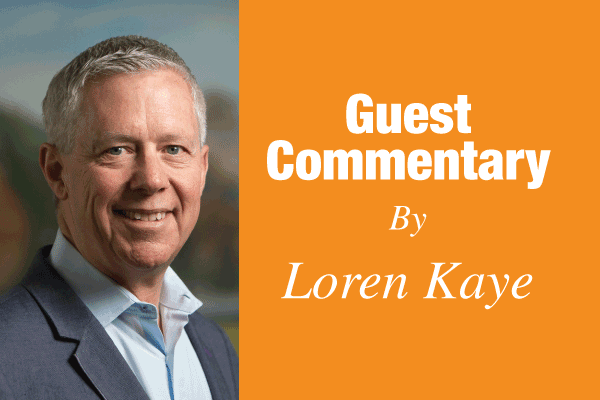
The Super Bowl may be over, but that hasn’t stopped California labor unions and their allies from moving the goal posts.
Currently, labor unions are advocating for yet another paid sick leave plan for California workers. They believe the six existing separate leave benefit programs are inadequate to address workplace COVID-19 exposure.
Most tellingly, labor unions and advocates are altogether ignoring what had once been their marquee priority to ensure worker safety during the pandemic: a presumption under the workers’ compensation system that front-line workers who contract COVID-19 did so on the job, and therefore qualify for the extensive suite of workers comp benefits.
That wish was soon granted, first by Governor Gavin Newsom in his May 6, 2020, executive order, then codified by legislation enacted last September.
But wait, there’s more.
The state’s powerful occupational health and safety regulator, Cal/OSHA, adopted emergency regulations in November requiring paid leave for any employee who contracted the disease or was in “close contact” of a COVID-19 case. The paid leave lasts for 10–14 days or until they meet the specified return to work criteria, as well as receiving a COVID-19 test at the expense of the employer.
It is simply not true that California employees must either work or sacrifice their wages if they are sick with or under quarantine from a potential exposure to COVID-19.
Tight/Strong Safety Net
The safety net for workers is tight and strong. In addition to coverage under workers’ compensation and Cal/OSHA, employees can access:
• Employer-paid sick leave for themselves or family members, a minimum of three days, and much more from many California employers;
• State disability insurance (SDI) provides wage replacement for an employee’s temporary inability to work; the Paid Family Leave benefit provides wage replacement for the care of family members.
• And if somehow none of these paid leave or wage replacement benefits is enough, California mandates up to 12 weeks protected leave for an employee’s own or a family member’s medical condition.
Generous Leave Benefits
Most of these benefits were enacted or updated within the past several years, many just within the past few months. California now has the most generous and sweeping suite of paid and protected leave benefits of anywhere in the nation. But the response from labor unions and their advocates is to pocket the perks and demand more.
The pandemic has devastated thousands of small businesses and millions of workers. The personal, financial and educational costs to California society have been ruinous. But the tide is turning, and public policy should recognize when enough is enough. State leaders acted swiftly last year when there were no vaccines and public health entities were still trying to determine how best to stop the spread of the virus. We are now seeing infection rates decline and California is administering vaccines as quickly as we can obtain them.
Government Responsibility
California’s employers should not become the new social safety net; that is the responsibility of government. Indeed, since the State is enjoying record budget surpluses, any new, emergency pandemic-related leave should be paid for by the state treasury, either as a tax credit or direct benefit.
Otherwise, with ramped-up vaccinations and workplace best practices, a safe and healthy workplace is close at hand. It serves no purpose to artificially push that goal further down the field.
Loren Kaye is president of the California Foundation for Commerce and Education, a think tank affiliated with the California Chamber of Commerce.

